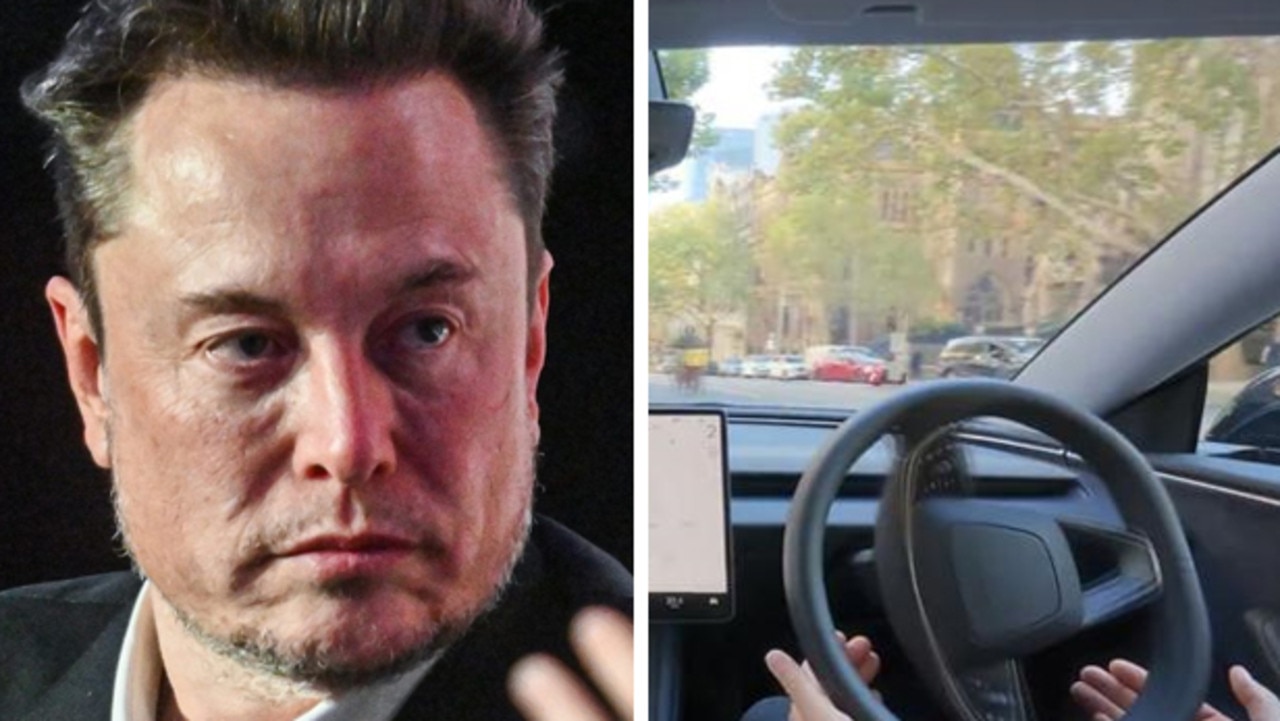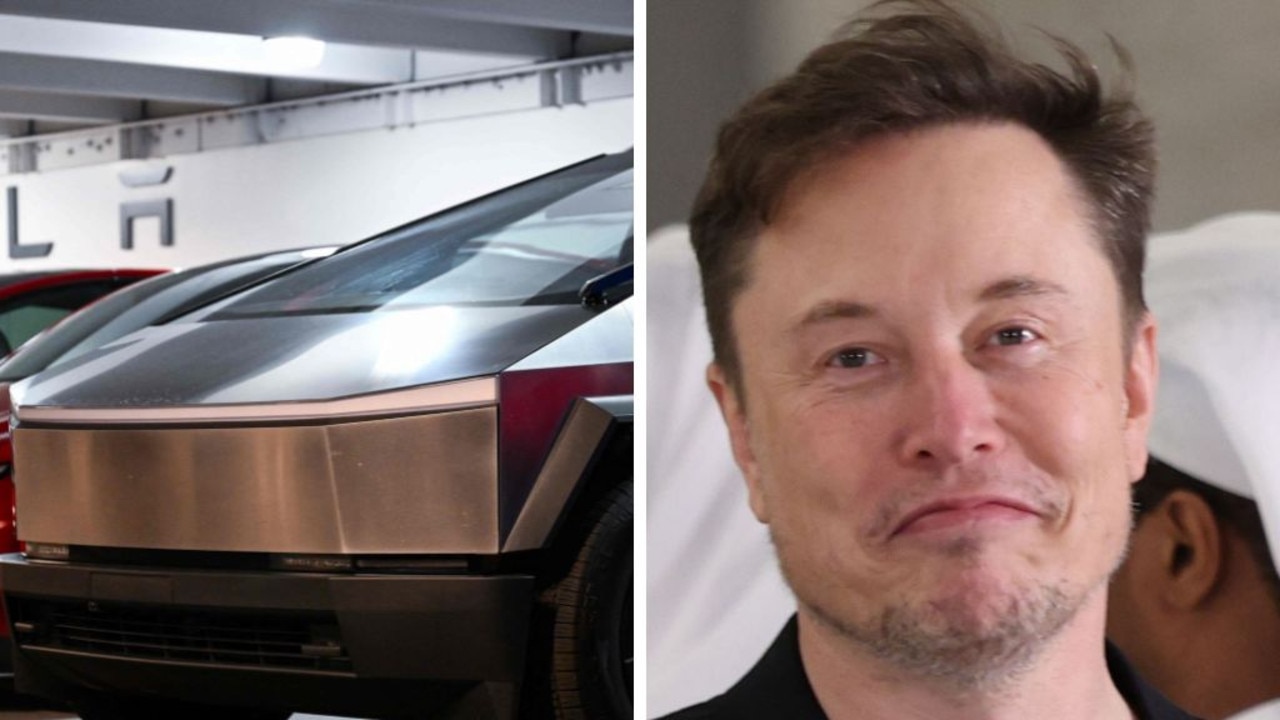Big changes for Honda after failed Nissan merger
Electric vehicles pushed back as Japanese brand pivots to offer more affordable cars for customers.
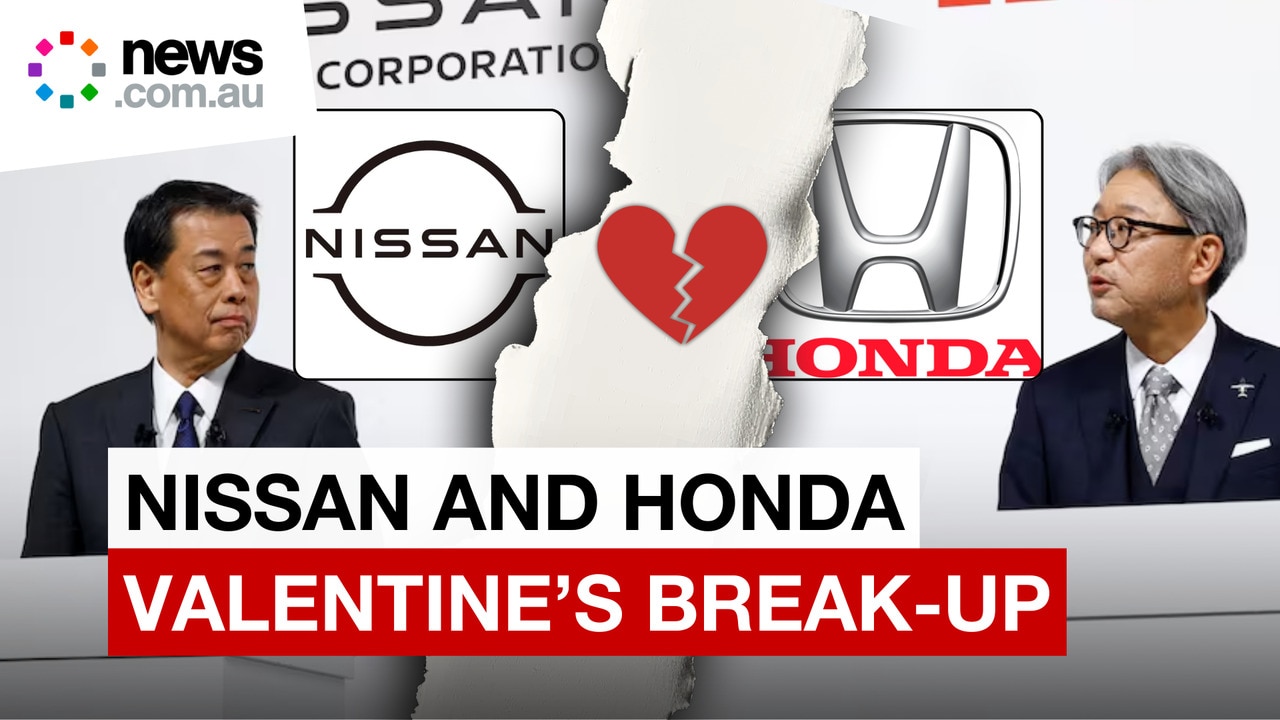
Motoring News
Don't miss out on the headlines from Motoring News. Followed categories will be added to My News.
Like a person rebounding after a relationship ends, Honda is ready to move on and travel a different path following its failed merger with Nissan.
Honda motor company chief executive, Toshihiro Mibe, explained in a live-streamed business update that the brand has moved on from its plan to tie-up with Nissan and Mitsubishi in what would have been a realigned alliance for the three Japanese makers.
MORE: Elon’s push - Tesla’s huge move
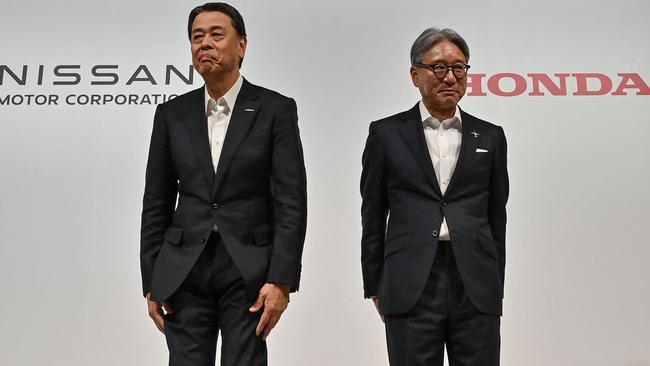
“Honda has been exploring various collaboration opportunities, including the discussion of the strategic partnership with Nissan and Mitsubishi Motors from the perspective of how we can scale up our massive investment required in the area of intelligent and electrification technologies, which will be key to creating a new value,” he said.
“The consideration of business integration was discontinued, but we are continuing this discussion to strengthen our strategic partners, since we share the same recognition of the challenges.
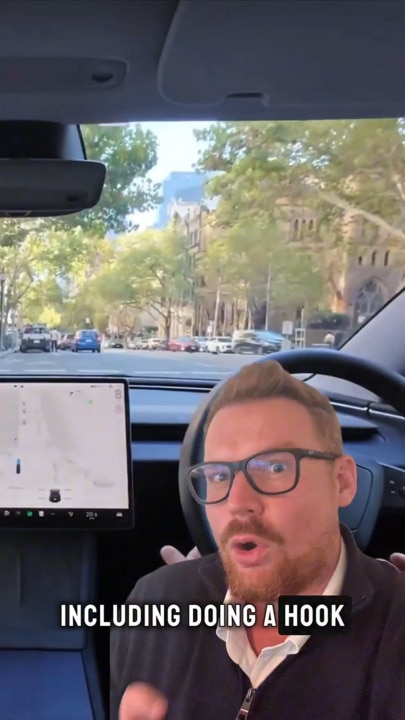
“In the meantime, the environment surrounding our automobiles is changing drastically,” he said, before going on to explain that – due to a dramatic slowdown in the uptake of EVs – the brand would be “sliding” some of its planned investment beyond the end of Fiscal Year 2031 (March 31, 2031).
MORE: Honda, Nissan merger officially off
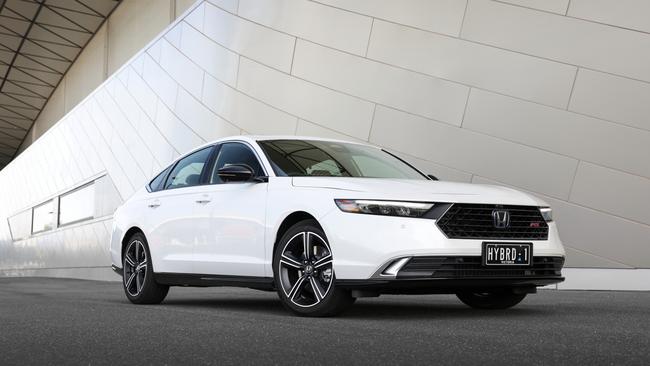
The amount of that shift is significant – with savings of 3 trillion yen (AUD $32.37 billion) as a result of the change of priorities around the brand’s electrification strategy.
Instead, with a big investment in more hi-tech Advanced Driver Assist Systems (ADAS) that will be able to drive you on a predetermined route hands-free, and a double-down approach to hybrid electric vehicles (HEVs). Starting in 2027, Honda will introduce 13 new HEV models globally over a four-year period.
Mibe-san stated that the business will aim to meet the market where it is now, not where it had planned for it to be by 2030. In previous business statements, Honda was working towards a target of 30 per cent of all sales to be full EV models by 2030, but Mibe-san said the reality is much different to the earlier targets.
MORE: Honda’s wild ultimatim
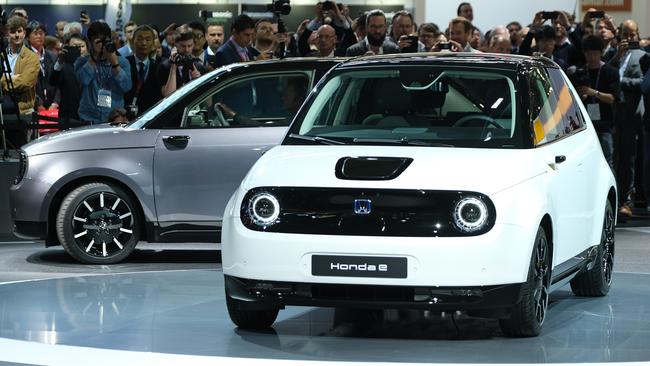
“When we started to go for the EV business, we were ready for this situation to some extent. There are many uncertainties in the EV market,” he said, referring to a slowing in demand, and the upheaval of the global economy imposed by tariffs and trade war tactics.
“We are now sliding our EV development to the future,” he said.
“We will have more investment in HEVs, instead of EVs. As far as hybrid is concerned, we have experience and knowledge,” he said, referring to the fact Honda has made hybrid vehicles for the best part of three decades.
“The volume and the investment [in electric cars] will be smaller, but it is important to launch the product to the market continuously. It’s a transition right now, and we have to live through this transition period,” he said.

It doesn’t mean Honda will be moving away from its EV intentions completely, however, with the much-anticipated Honda 0 Series range of models expected to see its first all-new vehicle introduction in the first half of 2026 in North America.
“We have to make the most of the time that we have so that we will be ready for the ‘fully fledged’ EV era,” he said, referring to the decade from 2030-2040 where mandates will be in full swing and markets will, theoretically, adopt to use electric vehicles more readily.
Honda will also invest in the mega market of India for its motorcycle business, with the aim of capturing 50 per cent market share for two-wheelers by the end of the decade – with the market set to grow to 60 million units by 2030.
Currently, Honda accounts for approximately 40 per cent of sales volume worldwide, with 20.57m units sold in 2024.
Originally published as Big changes for Honda after failed Nissan merger

